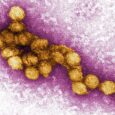It took a while before you could finalize things for your camping trip, but you finally did it! A camping adventure is an excellent time to be one with nature and bond with family and friends at the same time. Sleeping bags, tents, portable lights, and portable cookers are all set. All you need to do is get into the car and go. But wait! Have you ever thought about preparing your skin during camping?
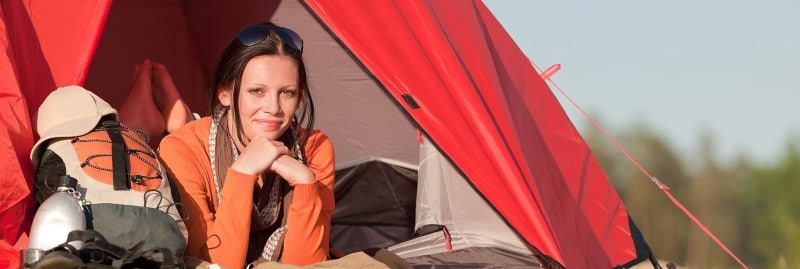
Deciding to commune with nature means that you are going to expose yourself to the elements and to the wildlife. Your skin is your first layer of protection. You need to protect it while you are camping. Staying safe while you’re out there is vital to staying healthy by the time your nature trip is over.
Protecting Your Skin from the Sun
There is no such thing as night camping. When you go out there, you must face the sun and then the stars. You should keep your skin safe from the scorching heat when you trek those steep elevations. Prepare yourself for the heat because being immersed in sunlight is the reason you’re up there anyway. Excessive sun exposure can lead to sunburn. This is a sure way to ruin the camping trip and make your way home earlier. Eventually, your damaged skin would also be prone to infection.
When you start packing for your camping trip, make sure that you have sunscreen in your bag. Place it in an accessible pocket, so you can reach for it easily as you go. You may need to reapply your sunscreen, especially when you sweat. Choose lotions and creams with SPF (sun protection factor) 30. These products block 97% of the harmful UVB rays. If you want to block the UVA rays, get a sunscreen labeled as “broad spectrum”. Below are more sunscreen health tips when you’re out there camping:
- Waterproof sunscreen does not exist anymore. The FDA banned the use of this label in 2011. If you know you are going to sweat profusely or swim, reapply the sunscreen as soon as you dry off.
- Sweat proof sunscreen does not exist. Reapply the sunscreen as often as you need. Sometimes, staying under the shade is not enough.
- Staying under the shade or wearing a hat is not enough when you’re camping or trekking. Even if it is cloudy, put on sunscreen.
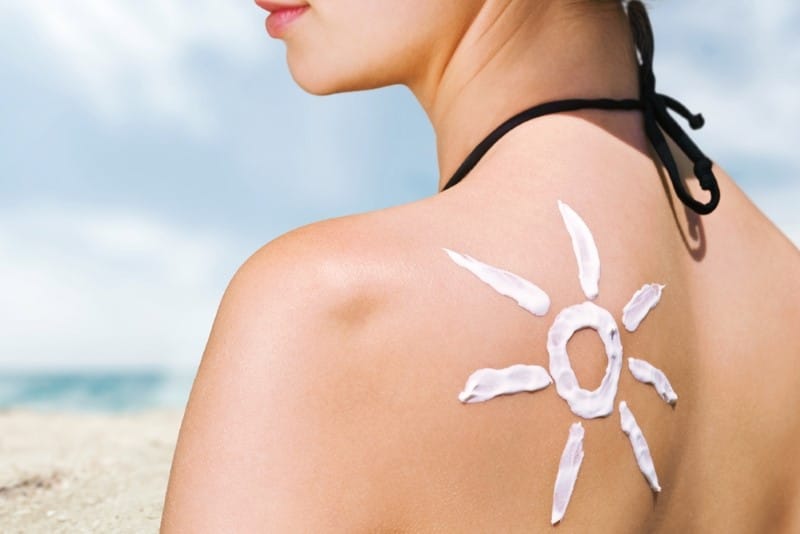
Protecting Your Skin from Bugs
Bugs are like an outdoor activity’s twin. Each time you go out there, you place a target on yourself. Bug bites can easily dampen your camping mood. The irritation, itchiness, and swelling stays on you until you get back home. Ticks, mosquitoes, chiggers, biting flies, and gnats are some of the common biting insects people encounter when camping. These insects never attack humans for no reason at all. They either need to feed, defend themselves, or protect their territory. When you are camping, you become part of their itinerary. You should learn how to protect yourself and your loved ones with these tips:
- Avoid standing water and puddles where mosquitoes breed.
- According to the CDC (Center for Disease Control), you should apply a layer of repellent after you apply your sunscreen.
- Wear protective clothing such as long sleeved shirts and long pants.
- Reapply repellents with organic ingredients when you need it. Never apply repellent on your clothes and apply it directly on your face.
To repel bugs naturally, you can wash your skin with coconut soap and then rub your skin with coconut oil. Bugs do not like the smell of coconut oil at all. At the same time, your skin is left soft and supple.
Choose bath products that are unscented. Insects are often attracted to the smell of colognes, perfumes, and scented products. This way, you can blend easily with the smells of the environment.
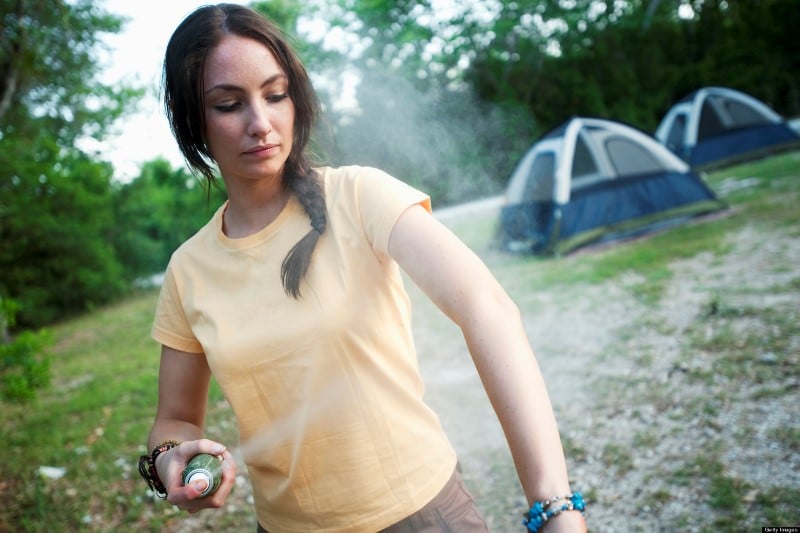
Protecting Your Skin from Poisonous Plants
Once you brush your skin against a poisonous plant can also discourage you from going further in your camping trip. You may end up leaving immediately and go to the hospital instead. The most common poisonous plants include poison sumac, poison ivy, and poison oak. Here are some tips to follow if you want to be safe from poisonous plants:
- Be familiar with the various poisonous plants in the area you chose, before you leave. Also, be sure that you can identify them in their natural environment.
- Wear long pants and long sleeves when you go trekking through the woods or hiking through the mountains.
- Know that you will experience redness, swelling, blisters, rashes, and bumps if you encounter these plants. Wash the affected area immediately with clean water and soap. Then, apply cold compress on the blisters. Treat them with itching cream and redness cream such as hydrocortisone.
***Severe cases of reactions to poisonous plants need immediate medical attention.
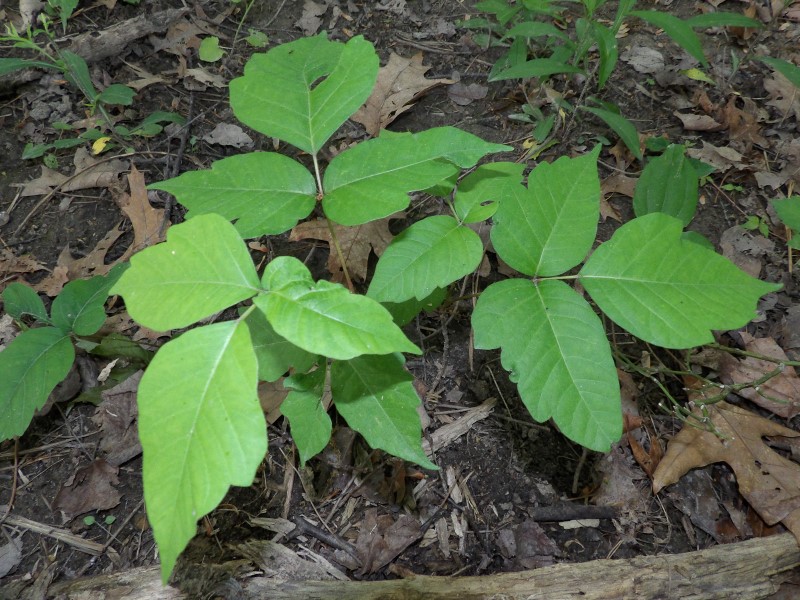
Protecting Your Skin When You Have Minor Wounds
When you go camping, it is natural to expect burns, cuts, and scrapes. When you go biking, making campfires, and hiking, sharp rocks or pointy branches and thorns may cut through or pierce your skin. To deal with these minor wounds and protect your skin from further infection, here are some useful tips to follow:
- For minor burns, soak the affected area in cold water. Apply some aloe Vera gel to soothe the burn. Then put some antiseptic on it. To prevent the affected area from becoming infected.
- For cases of bleeding, apply pressure on the affected area with a clean cloth or towel. Clean the wound with alcohol or clean water. Disinfect the wound with an antiseptic ointment.
- You can treat minor wounds with your first aid kit. Anything that you cannot treat on your own should be given medical attention.
Benefits of Hydration for Your Skin
There is no air conditioning when you go camping. To keep yourself cool, you need to keep on hydrating yourself, especially if you know you’re going to have a long walk or hike ahead of you. Water is essential in keeping your electrolyte balance. Drinking plenty of it while you’re camping prevents you from becoming dehydrated. If your body is balanced during camping, you are at your best and always alert. This prevents you from acquiring skin damage.
Taking Antioxidants
Antioxidants can help you enjoy your camping trip better. As you know, antioxidant contain enzymes, vitamins, and minerals that repair and prevent tissue damage. They also help prevent or slow down the effects of free radicals.
Keeping Yourself Clean
We are constantly surrounded by dirt, grime, bacteria, and virus. We are even more exposed to them when we go camping. Sleeping just a few centimeters from the ground, bacteria in the dirt easily reaches our skin. To protect your skin from acquiring rashes or any form of infection, you need to have quick access to warm and clean water inside your tent. Having your very own water for washing and your own towel for drying up can help protect your skin from any harm when you’re out there camping. It is a given that many unfamiliar things may stick to your facial and body skin. You just need to wash it away immediately before it gets the chance to cultivate on your skin. A mild cleanser should always be handy. Also, don’t forget the much-needed antibacterial sanitizer.
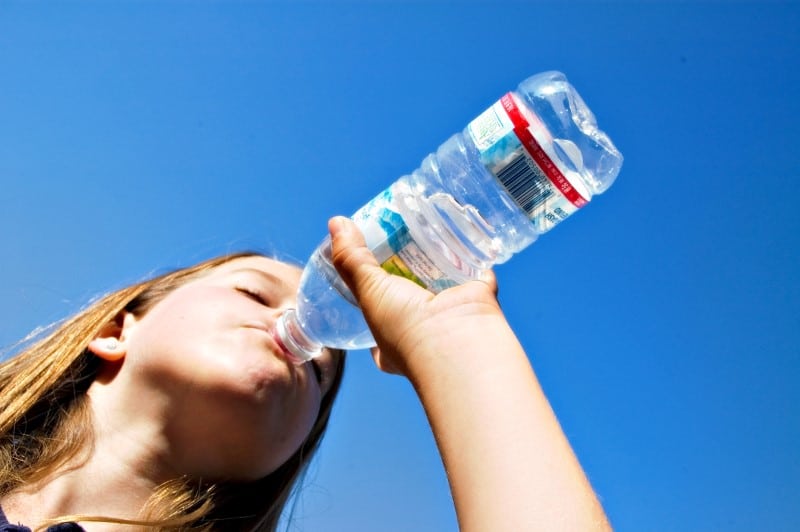
Keeping Cool
Your skin should always be cool so that the pores are closed. Small, closed pores prevent pathogens from entering your body through your skin. Warm water is fine in washing your skin and ridding it of grime and dirt. Once you rinse off the antiseptic wash, rub your skin with ice, so you can close the pores.
Glorious Dry Shampoo
When you are out in the forest of perhaps in the wilderness, not having access to clean running water, dry shampoo is usually the best way to go to keep your hair clean. Even if you do, regular shampoo will just run all over the place and mess up your stuff. Dry shampoo doesn’t. This cleansing powder absorbs the grease that accumulates in your scalp. Once you brush it away, your hair starts to look and feel fresh and clean. Using dry shampoo doesn’t pressure you to find a source of running water as well.
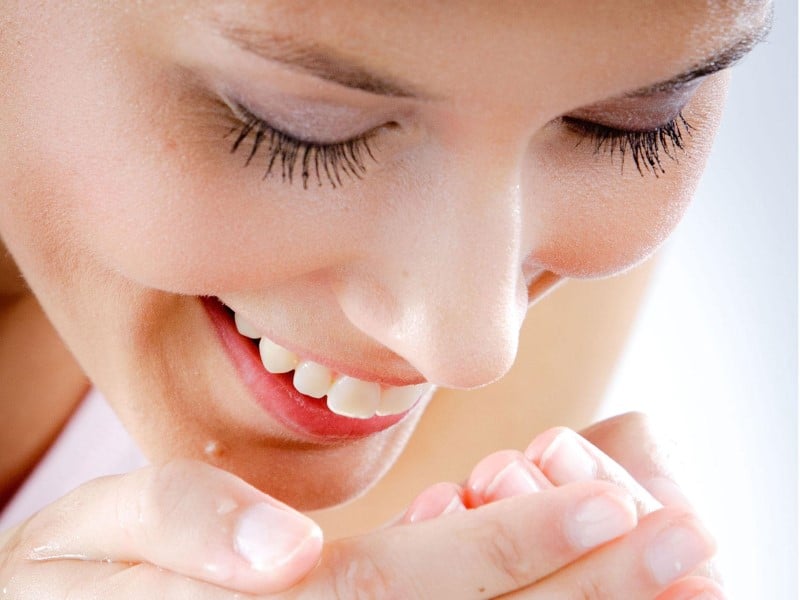
“NO” to Pore Cloggers or Comedogenic Products
The last thing you need is for your pores to be clogged during camping. Comedogenic substances are substances that clog your pores. The American Academy of Dermatology says that a “comedo” is a hard blockage that is created from excessive oils that accumulate in a pore. The said blockages lead to pimples, whiteheads, and blockheads. When a product is classified as comedogenic, it means that the said product has a tendency to clog your pores and encourage acne or comedones. When there is excess bacteria and oil, acne forms on your skin. When your pores are clogged with sebum or oil, bacteria can grow rapidly. This bacterial growth paves the way for the development of whiteheads, pustules, and blackheads.
If you know you have acne-prone or oily skin, you should only bring non-comedogenic products for your skin on your camping trip. Non-comedogenic products and ingredients are highly recommended by skin care experts and healthcare professionals for those who have acne-prone or oily skin. These products prevent pores from clogging up, keeping your skin free of blemishes during and after your commune with nature.
Take note of the following ingredients that clog pores before purchasing your skin care products:
- Coal tar
- Cocoa butter
- Isopropyl myristate
- Red dyes or pigments
In choosing non-comedogenic products, you should watch out for ingredients that clog pores. The products that you choose should be non-greasy and lightweight. Moisturizers should have a thin consistency, but can still coat your skin well. Non-comedogenic products are absorbed by the skin very easily. You should also choose products that have soothing ingredients such as glycerin, hyaluronic acid, and vitamin E. When it comes to cleansers, you should look for ingredients that are deep cleaning and pore clearing as well. Non-comedogenic cleansers clean your pores without upsetting your skin’s moisture levels. Non-comedogenic sunscreen is also thin and is absorbed easily. If you need to reapply the sunscreen, be sure to rinse off the previous layer of sunblock on your skin.
Non-Alkaline Facial Cleanser
A non-alkaline facial cleanser is important when you go camping. When you are out there, water is not as readily available as it is at home. You cannot expect cleansing your skin the same way you do in the comfort of your own bathroom. After applying the cleanser, you can just wipe it off or splash-rinse with water from a clean stream. You can also use bottled water for this task.
Mist or Spray Bottle
A spray bottle or a mist bottle is a handy way to keep your skin hydrated when you are out there camping. When you hike all day, you do not have easy access to water. A mist or spray bottle can help you hydrate your skin easily, especially when you are on that challenging trail. Hydrating your skin from the outside helps your skin remain supple, even under the heat of the sun.
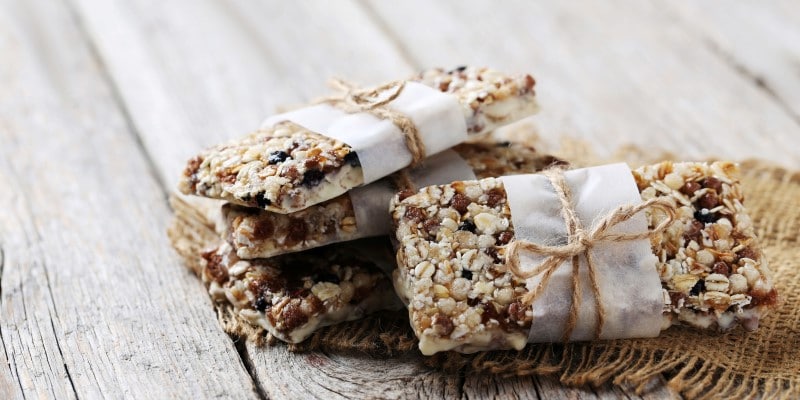
Take Care in Choosing Campfire Food
When you are camping, you do not have your fridge with you. You also do not have immediate access to the bathroom or to a hospital. If you are allergic, you should stay away from peanuts, milk, soy, and seaweed. You should not eat them because you do not know what kind of reaction you are going to have. If you are bringing canned foods, check the ingredients on the labels. Soups, salty foods, and dehydrated foods cause your skin to become dehydrated. To prevent this, bring non-soy energy bars and fresh fruits, which can build up your energy and give you a bit of hydration, every step of the way.
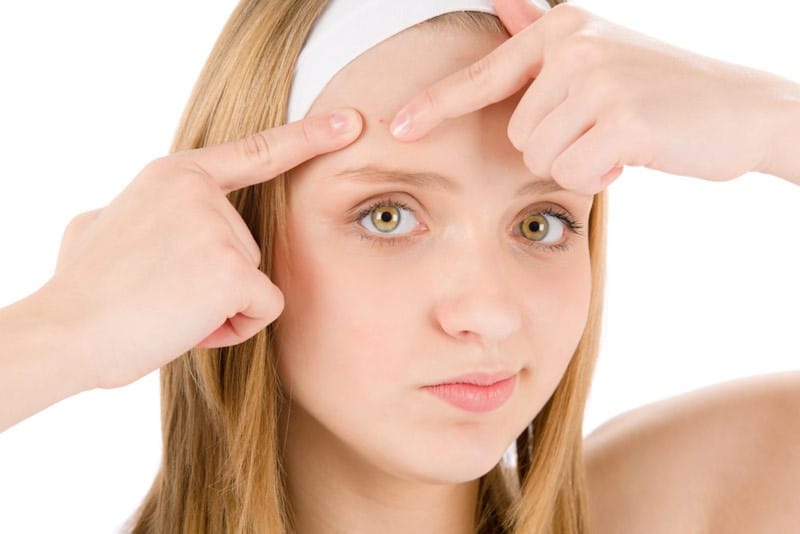
Protecting your skin during camping takes a lot of consideration and preparation. Your skin should be cared for even outside the comfort of your home because it is your first layer of protection. After your camping trip, it is always best that you get a facial. Doing so ensures that your skin is rid of any sediment that may have accumulated in the pores. You can even apply a clay mask to revitalize and clean out your pores. Remember that healthy skin is both the key and the reflection of a healthy body.
